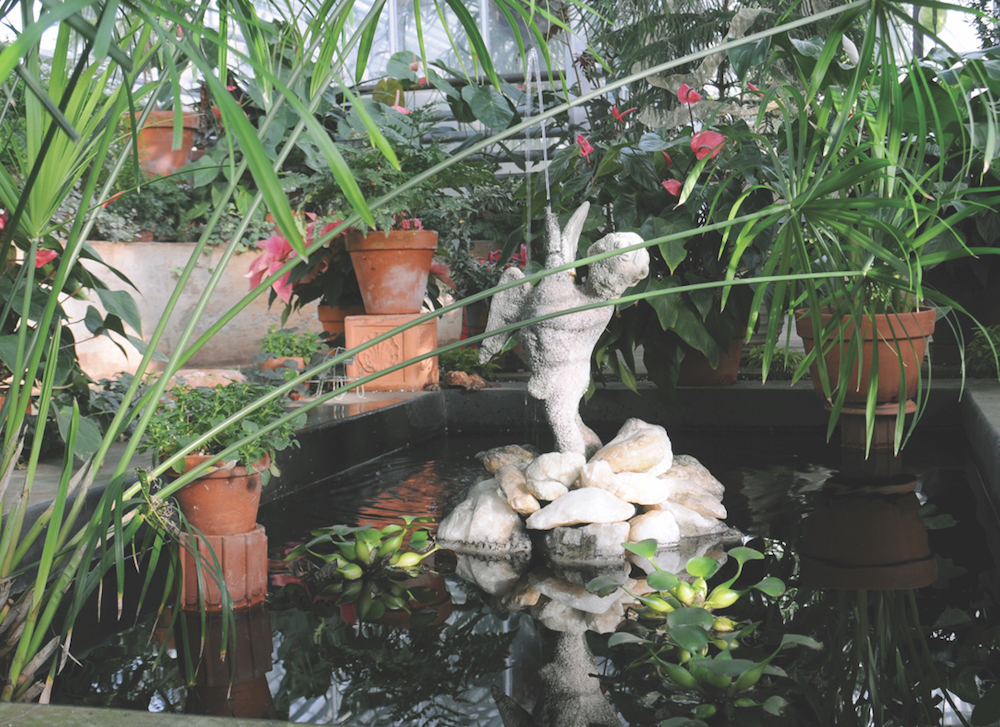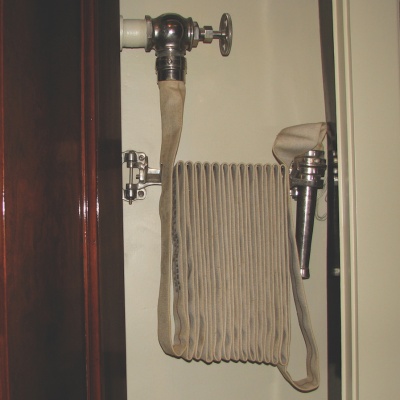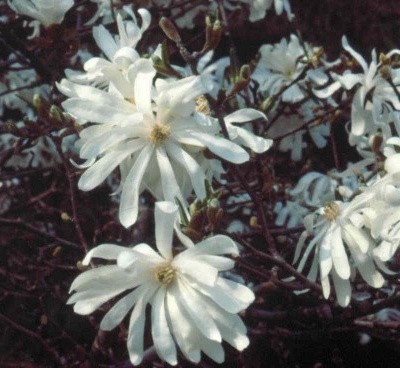Ah, the greenhouse! A tropical oasis in the winter; the greenhouse is a magical environment filled with diverse plant material and almost always something in bloom. The Cattleya orchids bloom in the late fall, the Cymbidium orchids and Euphorbia fulgens are showy in late winter and, ooooh, the Phalaenopsis orchids and calla lilies in the early spring–a feast for the eyes.
When Ida and Fuller Callaway Sr. built the main house in 1916, they also had a glass greenhouse built, complete with an attached head house or workhouse. the head house has a basement which houses two boilers, one of which heats the greenhouses and one that heats the main house. At the time the house was built, these boilers were coal powered. They have since been replaced and are now powered by natural gas. The head house is used as a work area, mostly for the manager of the greenhouse. It is also the lair of the resident cat–more on him later.
There is not much information on exactly what plants Ida grew in the greenhouse; but we know that she grew white calla lilies and jade plants. This tradition was continued by Alice Callaway and continues to this day. In 1949, after Alice and Fuller Callaway Jr. had been living in the main house for thirteen years, they replaced the original glass house with another Moninger greenhouse, which is the greenhouse that stands today. This structure is erected with iron trusses and wood frames for glass panels on a concrete foundation. There are three connected houses and each house is heated and cooled separately. The roof vents can be operated manually or a thermostat can be set to open and close them according to changes in temperature. The side vents are operated manually by turning a large wheel-like crank to open and close them. Luxurious heat is generated by a boiler in the head house basement, yielding hot water which travels through pipes beneath the greenhouse tables and along some of the walls. The thermostat is kept at a consistent 58 degrees in the winter; however, heat is only needed for nights and cold cloudy days. On clear days, the glass panes trap sunlight, producing springlike warmth. Shade for the houses is provided by numerous removable aluminum slats suspended from the glass ceiling.
The first house, closest to the head house, has moderate shade. It houses many Begonias, Dendrobium, Cattleya and Phalaenopsis orchids, artillery ferns, staghorn ferns, ivies, jade trees and several other types of tropical plants. This house also contains a sand bench for plant propagation. The second house, or center house, is more densely shaded and has two layers of shade slats. Alice Callaway’s collection of maidenhair ferns is found here, along with many clivias, anthuriums, ivies and unusual variegated impatiens which Alice prized. In the center of this house is a rectangular pond, complete with a goose-boy fountain and two very reclusive koi.
The third house is the brightest house. The calla lilies are grown here in the same manner as they have been for decades and produce bountiful, beautiful white blooms from December through May. At Easter, following tradition, the callas are picked and placed on the altar at the First Baptist Church on the Square in LaGrange. The third house also contains jade trees, a succulent collection and many more orchids, mostly Cattleyas and Cymbidiums. Alice was fond of orchids and had many in her collection; however, most of the orchids we have today were given by a private collector after Alice passed away.
The greenhouse is not without its share of “wild” life. The occasional anole lizard will come out to stare curiously. And, of course, there is Buxus, our rather portly, part Siamese, resident cat. Buxus is the Latin word for “boxwood.” The greenhouse is his domain. He causes the curious anoles to shudder in fear and occasionally leaves the gift of a chipmunk at the door. He often greets guests with his “squeaky-door meow,” whining to be petted and loved on. The doors to the greenhouse may not be open if it’s cold outside, but they are definitely unlocked and we bid you to enter. After all, beauty is meant to be seen and Buxus could always use a good pat on the head.



